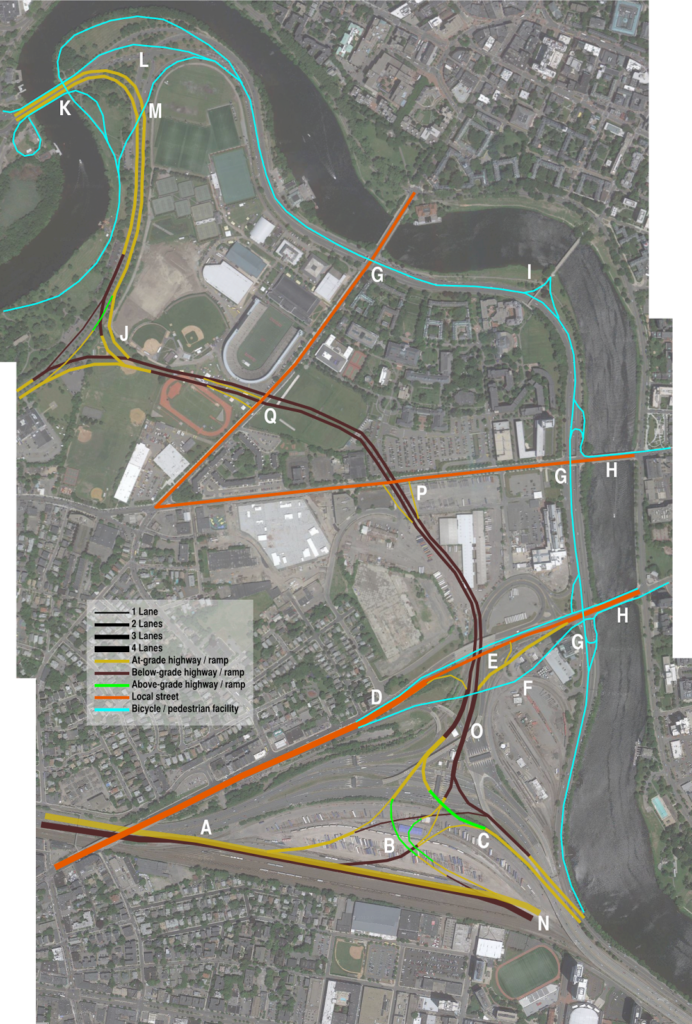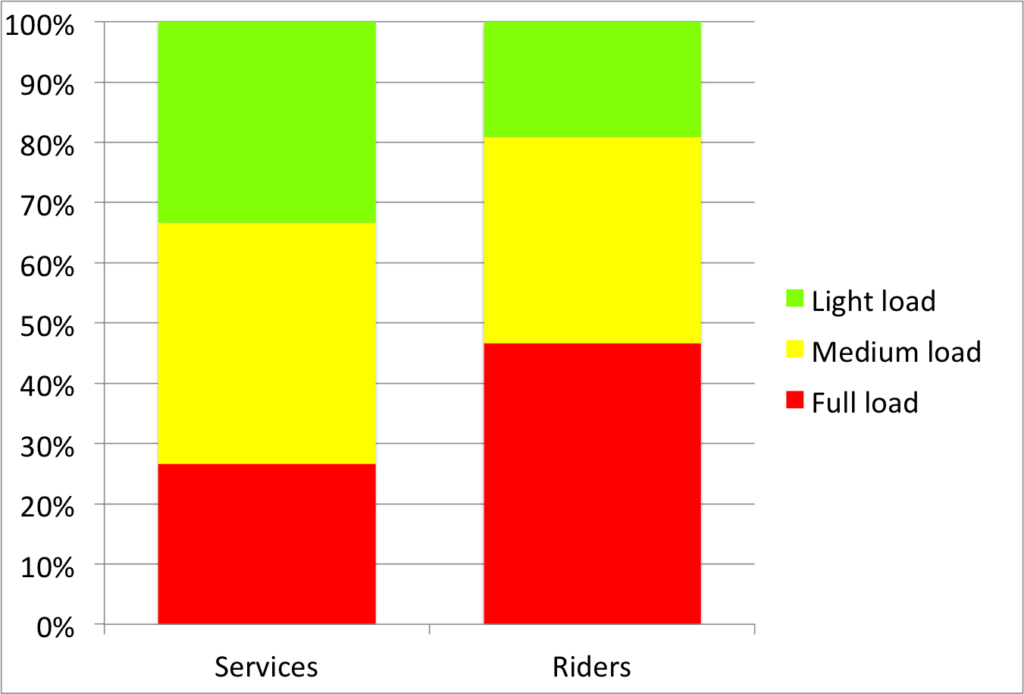Dateline: July 30, 2012. Cambridge.
I bicycle across the Harvard (Mass Ave) Bridge towards MIT (westbound). I signal in to the traffic lane to overtake a slower cyclist and to avoid a particularly rough stretch of pavement. Upon stopping for a light at Memorial Drive, the State Trooper tasked with directing traffic walked over.
“You’re not supposed to do that,” he said.
“Do what?”
“You can’t leave the bike lane to pass other vehicles.”
“Officer, I am allowed to leave the bike lane if conditions warrant, and this includes when pavement conditions are dangerous, or to overtake another vehicle.”
“No, you must stay in the bike lane. You can only leave the bike lane where it is dashed, at intersections like this,” he said, pointing to where the bike lane crosses Memorial Drive.”
At this point, he asked me if I would like to discuss this further. I was glad to. So he proceeded to write me a citation.
Here is what I was cited for:
85.11B: Pass No Pass Zone
85.11B: Fail to Stay Within Marked Lanes
I asked the officer to explain the citations. He refused. (This may be a violation of MGL 90C.2 which states that “[a] Said police officer shall inform the violator of the violation and shall give a copy of the citation to the violator.”) I asked him to please give me his name. He refused, and pulled his reflective vest over his name badge. He then took out his handcuffs and called for backup, asking me if I was being disorderly. Not wanting to further escalate the situation (and, sadly, not having a witness there to video the situation) I asked if I was under arrest and, upon being told that I was not, left.
And filed a complaint with the State Police.
I don’t want to dwell on the intimidation by the State Police; that will be dealt with internally. However, I would like to deal with the fact that the Mass State Police apparently do not understand bicycle law. (According to the ticket code and internet, the officer works at SC5, which is the Sturbridge Barracks. So, a) he’s probably not going to show up in court in Middlesex and b) he probably doesn’t cite a lot of cyclists.) First of all, bicyclists do not have to stay within bike lanes.
First, passing in a no passing zone. This would appear to fall under MGL 89.2. Here is the pertinent text from the law:
If it is not possible to overtake a bicycle or other vehicle at a safe distance in the same lane, the overtaking vehicle shall use all or part of an adjacent lane if it is safe to do so or wait for a safe opportunity to overtake.
It is, therefore, legal to change lanes to pass in the same direction. Additionally, the Massachusetts driver manual states that it is legal to cross solid white lines in a vehicle (see this PDF, page 10). In other words, a white line does not constitute a no passing zone. And none of this is mentioned in the cited section, 85.11B
Second, failure to stay within marked lanes. This falls under MGL 89.4A and 89.4B. It states, amongst other things, that:
Upon all ways the driver of a vehicle shall drive in the lane nearest the right side of the way when such lane is available for travel, except when overtaking another vehicle or when preparing for a left turn.
Since I was overtaking another vehicle, I was subject to this exception (there is a separate exception in 85.11B for dangerous situations, and the poor pavement in the bike lane on the Harvard Bridge would obviously fit within this exception). Additionally, while I did signal my turn, I am not required to do so if I need to keep both hands on the handlebars. The officer said that my left hand was extended to “wave off traffic” which is an interesting interpretation of the law from someone whose job is to enforce it.
Had the officer wanted to charge me with these offenses, he probably should have referenced them based on the actual statute. 85.11B simply refers to these statutes.
But, of course, I wasn’t in violation of either.
I expect this case to be dismissed without a hearing; it is likely that whatever magistrate vets the citation will not deem it worth the court’s time. If, however, a hearing date is set, I will make sure that it is well publicized. You’re all invited.
Update 10/21: I asked a State Trooper today on detail at the Head of the Charles if it was legal to leave a bike lane to pass another cyclist. He said it was perfectly legal.
Update 11/19: A court date has yet to be filed. Apparently it should be within 30 days. If it’s much longer, I could probably move to dismiss based on the delay.
Update 2017: I received a court date and asked for the charges to be dismissed. The officer had written that “I had created a situation where there were many cars honking at me.” I asked the Trooper there (not the same one) to look at the pictures and I showed where he was standing and where I was cycling and asked “do you think it is reasonable to assume that, in a busy intersection in Boston, it would be possible to ascertain which of several dozen vehicles was honking?” The case was decided in my favor.
I never did hear from the State Police regarding my complaint.







